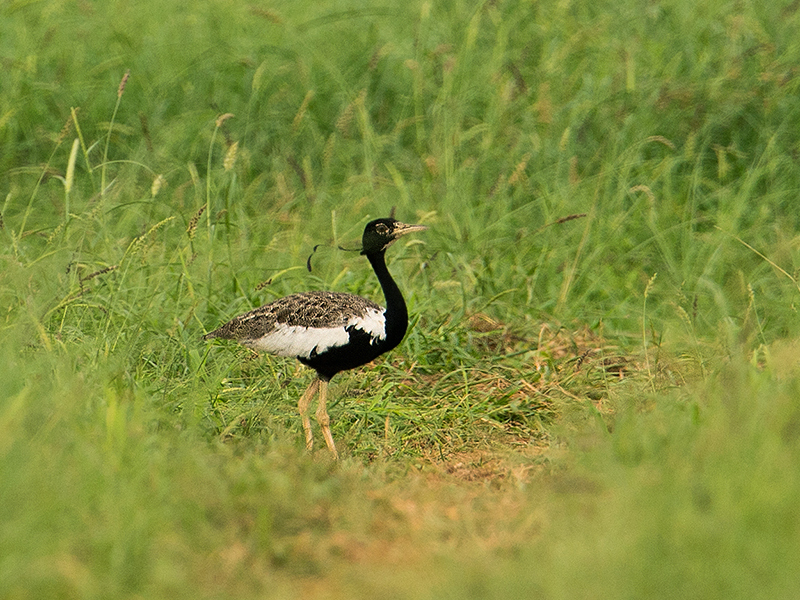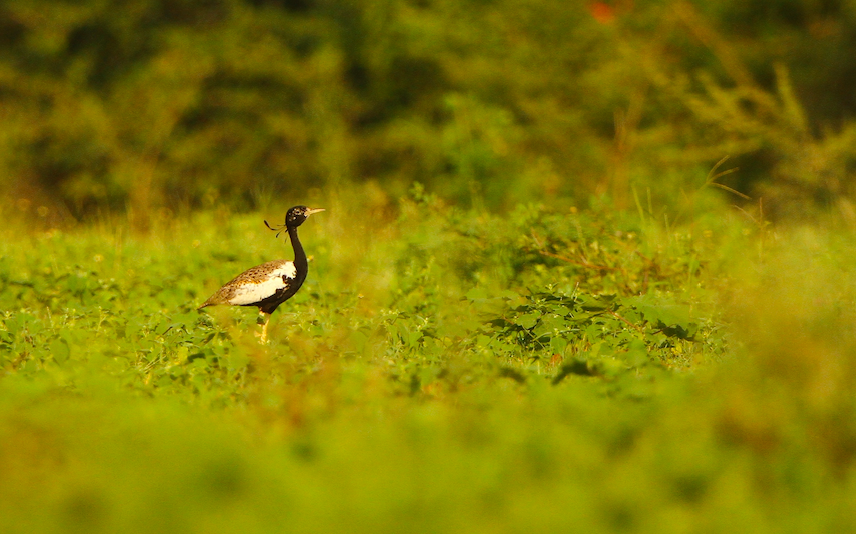Even as the state government is busy setting up logistics park and urban settlement, the natural habitat of several rare winged species stands threatened. A case in point being the last count (on Dec 31, 2021) of the Lesser Floricans shows that there only 61 left in Gujarat.
The bird is declared an endangered species by the International Union for Conservation of Nature (IUCN). Data came to light after Surat North BJP MLA Kanti Balar asked for statistics on the same, Tuesday. Replying to the query, the House stated that the government, having taken note of the plight, has set up a captive breeding centre at Velavadar National Park.

Further it was informed that efforts are afoot to maintain its natural habitat. The Lesser Florican (sypheotides indicus), also known as the likh or kharmore, is the smallest in the bustard family. It is endemic to the Indian subcontinent where it is found in tall grasslands and is best known for the leaping breeding displays made by the males during the monsoon season. The male has a contrasting black and white breeding plumage and distinctive elongated head feathers that extend behind the neck. These bustards are found mainly in north-western and central India during the summer but are found more widely distributed across India in winter. The species is highly endangered and has been extirpated in some parts of its range such as Pakistan. It is threatened both by hunting and habitat degradation.
A proposal to tag the birds was suggested by the Sasan-Gir wildlife forest department. Two birds were subsequently tagged with solar PTTs (platform transmitter terminals) suitable for the species. The tagging has helped with study to understand the bird’s habitat and breeding patterns. Gujarat is home to three sub-species of the bustards: Great Indian Bustard, Lesser Floricans and the Houbara.
Read Also: World Water Day Came And Went, Gujarat Plans To Fill Rare Bird Site With Sewage Water












